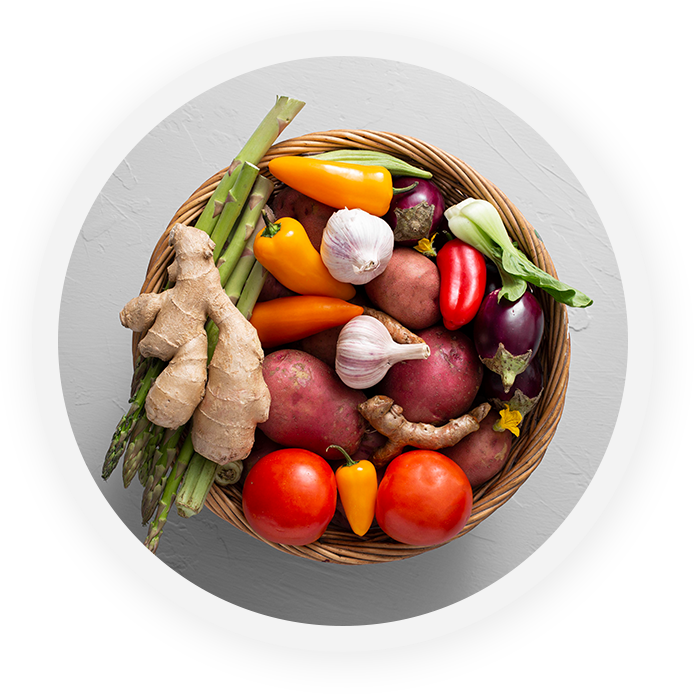"най-добър ресторант в лондон 2023г."

"Най-добро кулинарно изживяване в Англия 2023г."

Поръчай
за вкъщи или вземи на мястоВкусно хапване на няколко клика! Наслади се на любимите си Happy ястия, като поръчаш или вземеш на място от ресторанта

Запознай се с машините и продуктите, с които готвим, както и научи част от „тайните” на нашите вкусни рецепти.

в твоя любим happy ресторант

Подари Happy настроение на твоите близки и приятели с ваучер за подарък “Happy” за избрана от теб сума.
Твоята кариера е наша отговорност

22/04/2024
LOVE SUSHI
Време е за любов! Нека тя бъде споделена с по едно суши! Love Sushi е за всеки, който обича вкустната храна, за всеки любител на хубавото суши. В Happy Bar&Grill празнуваме щастието,...
03/04/2024
Супер оферти в Happy Лозенец
Пролетни промоции в Happy Лозенец! Този април може да се възползвате от страхотни оферти, за да създавате своите Happy моменти през цялата седмица. Промоциите, от които...
26/03/2024
Love Burger в Happy
❤️ Да обединим вкуса на любовта с удоволствието от бургерите! ❤️ Love Burger - за всички любители на вкусната храна и неповторимото удоволствие от прясно приготвените бургери. В Happy...




